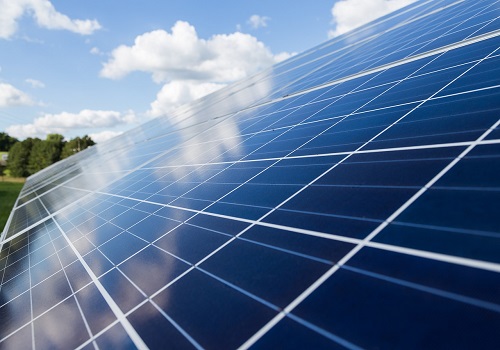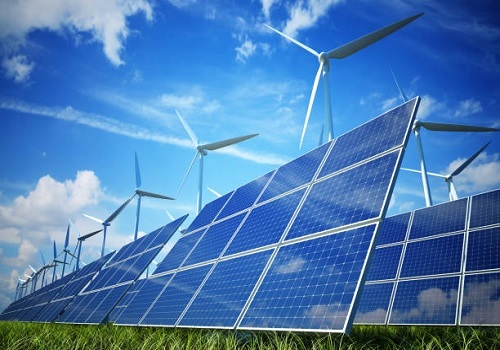Only decentralised renewable energy can help achieve 2030 targets as promised by Prime Minister: experts

Follow us Now on Telegram ! Get daily 10 - 12 important updates on Business, Finance and Investment. Join our Telegram Channel
India may have taken great strides in utility scale deployment of renewable energy (RE), but the 2030 targets -- as promised by Prime Minister Narendra Modi at the climate summit last year -- can be achieved only by increased de-centralised installation of RE, experts have warned.
At the annual climate change negotiations platform at Glasgow in November 2021, Prime Minister Narendra Modi had announced that India will have installed capacity of 500 GW of non-fossil energy and meet 50 per cent of its requirements through renewable energy. Modi also announced that India will achieve Net Zero in 2070.
As of date, according to the Ministry of Renewable Energy (MNRE), India is now at 4th global position for overall installed renewable energy capacity. The solar capacity has increased in the last 7.5 years from around 2.6 GW to more than 46 GW. India currently has the largest RE expansion programme with 175 GW till 2022.
Vibhuti Garg with the Institute of Energy Economics and Financial Analysis (IEEFA), however, pointed out it is not enough. "India gets investments of about USD 10-15 billion for RE annually, when it needs upwards of USD 30-40 billion," Garg said, adding, as per the International Energy Agency's (IEA) Sustainable Development Scenarios (SDS), India needs USD 110 billion in annual investment to deploy renewable energy, battery storage, electric vehicles and network expansion and modernisation of the grid.
According to the Ministry officials, India's RE installed capacity increased 286 per cent in the last 7.5 years but it had a share of just 26.53 per cent in the total installed generation capacity.
Said Ulka Kelkar, director, Climate Programme at the World Resources Institute (WRI), India: "The annual solar PV (photo-voltaic) capacity additions (the world over) has consistently defied the trend predictions by IEA for the last 10 years."
She suggested an overlap of the map for all renewable energy projects across the globe with that of land use showed that all new projects for RE are coming over agriculture land. "It is arable land, may or may not be yielding much but the fact is, India's new RE projects are replacing agriculture land," Kelkar told a media workshop on RE organized by Earth Journalism Network (EJN).
That is because all big projects target massive installed capacities and disrupt agriculture, wildlife and in general biodiversity around them.
Surya Sethi, who is the UNESCO Chair Professor for Climate Science and Policy at the TERI School of Advanced Studies (TERI SAS) pointed out a crucial element. "None of the utility scale RE projects are independent. They all are using the grid as a back-up, like a battery. In this manner, this support system cost is not calculated as part of overall cost per unit."
It is here that Sethi, a former India negotiator at the annual climate change conferences (COPs), brought in the point of decentralised RE.
"Be it solar, wind or biofuel, RE by its very nature is de-centralised. In the case of biofuels, the energy needed to transport it beyond a 5 sq kms area will be more than what can be extracted from that biomass."
Experts also pointed out multiple reasons, including problematic power purchase agreements (PPA), non-availability of adequate finance for refurbishing existing wind-mill parks for higher capacity, policies about evacuation etc. faced by developers that go for large installed capacity plants. "Rooftop solar, for instance, has huge potential, but is not popular for a multitude of reasons. That would work best in a decentralised manner," Garg added.
Linking to the targets announced by PM Modi as part of India's promise to the world on climate action, Sethi said, "You need four times the capacity to meet the energy level using conventional power. That will be pointless if you have to generate and evacuate a large quantum of power."












 320-x-100_uti_gold.jpg" alt="Advertisement">
320-x-100_uti_gold.jpg" alt="Advertisement">












